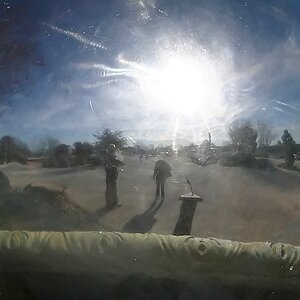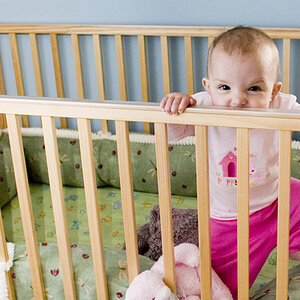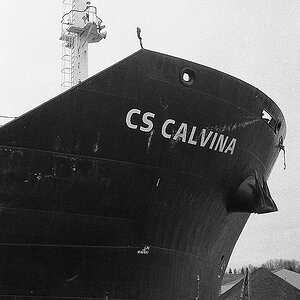Russellhaynes
TPF Noob!
- Joined
- Dec 11, 2009
- Messages
- 2
- Reaction score
- 0
- Location
- Clinton, New York
- Can others edit my Photos
- Photos OK to edit
I've been following every thread I can find related to the subject of indoor sports photography. I've been shooting sports on and off for a very long time as the yearbook advisor at my school. I've been moderately pleased with my photos until I started shooting digital. Most of the photos are still good, or at least good enough, but the indoor sports shots are terrible. They are dark, blurry, you name it. I've played around with the ISO (a little, I never went as high as some photographers I've read on this site.) And I've tried to buy a better flash (one of the EZ's from Canon. I don't have my equipment here with me at home so I'm not sure the exact model, but not a high end one.) I've read from others on this site, the argument pertaining to not shooting with a flash so as not to annoy players, coaches, etc. I read from one person who shoots with the power stopped way down to use as fill flash. Then from another person who bounces flashes off the ceiling. And from many who use no flash at all.
Here's my question. If I can afford only one thing, either the most powerful flash I can afford or the best lens (i.e. maximum aperture opening) what should I do? Also, one more question: If I have a flash that works adequately at a certain distance at ISO 400 and then I bump my ISO up to 1600, does that increase the useable distance of my flash by 4x? I would appreciate any advice. Also, is there any free noise reduction software out there that doesn't require an updated version of Photoshop? My version has to be at least ten years old. Thank you.
Here's my question. If I can afford only one thing, either the most powerful flash I can afford or the best lens (i.e. maximum aperture opening) what should I do? Also, one more question: If I have a flash that works adequately at a certain distance at ISO 400 and then I bump my ISO up to 1600, does that increase the useable distance of my flash by 4x? I would appreciate any advice. Also, is there any free noise reduction software out there that doesn't require an updated version of Photoshop? My version has to be at least ten years old. Thank you.


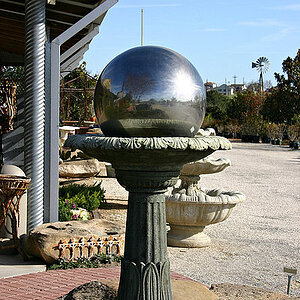

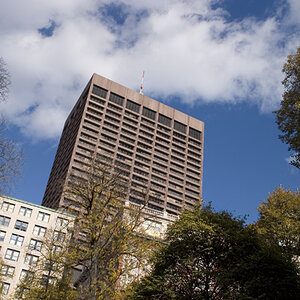
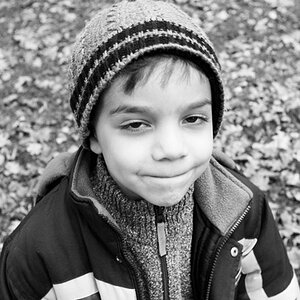
![[No title]](/data/xfmg/thumbnail/37/37127-bf1c0cde30f216dbd2804a0e700d6433.jpg?1619737884)
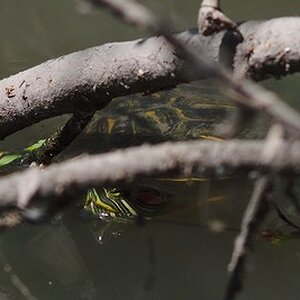
![[No title]](/data/xfmg/thumbnail/37/37602-1ef8dbb1c2d0e4ff347ee65d328c3603.jpg?1619738147)
![[No title]](/data/xfmg/thumbnail/34/34056-de7cd932b4cd702c2f77e0f5c9ec1aa2.jpg?1619736256)
